
by Mark Yon
Scenes from England
Hello again!
As the weather turns distinctly autumnal here, I guess that we can say Goodbye to the so-called “Summer of Love”. Here in Britain I can’t say I’ve noticed major social changes, and certainly not as much as you in California – but it has at least brought me The Beatles’ Sgt. Pepper album, which has been a constant source of entertainment here since its release in June.
Whilst it is not on the British streets, such images of casual living, sex, drugs and rock and roll are still in my British magazine, of course. It feels like there’s at least one story every month that relates to this. Recently it was Thomas Disch’s Camp Concentration, and now… well, I’ll get to that later.
Not only that, but this issue seems to have a general theme of conflict about it.
 Cover by Vivienne Young
Cover by Vivienne Young
Article: Peace and Paradox by John T. Sladek
 An example of the logic shown in this article. Not sure I understood this!
An example of the logic shown in this article. Not sure I understood this!
In recent months these first articles in the magazine have been pretty intense, dealing with aspects of philosophy, mathematics and psychology that have made me have to read them more than once to get any understanding.
This month’s is even more esoteric, showing a connection between war and peace in War Game Theory through mathematics that made my head spin. No named writer in the title, although the cover states that it is by John Sladek. Its relevance as a theme may be deliberate, on reading the Book Reviews later this month. 3 out of 5.
An Age (Part 2 of 3) by Brian W. Aldiss

Here’s this month’s drug-culture story.
Continuing from last month’s first part, Edward Bush and his new girlfriend Ann take a mind-trip to the Jurassic using the mind-altering drug CSD. They meet stegosauri and go to a town set up by other travellers from the future. Bush wanders away from the town bar and is attacked. Separated from Ann, he returns to the world of 2093, where we discover that this world whence they came is a rather unpleasant place run by a dictator named General Peregrine Bolt, which is why many people transport themselves to the past.
Bush meets his family to renew his strained relationship with his father and finds that his mother has died whilst he was travelling. He is then arrested by the Wenlock Institute, the place where mind-travel was invented, for overstaying his mind-travel journey, but really it seems that this is just an excuse for Bush to be interrogated by Franklyn, the Deputy of the Institute.
Towards the end we seem to stray into satire as Bush is press-ganged into Bolt’s new Mind-Travel Police Squad. After training, he is sent back into the past as part of Ten Squad to capture and kill the scientist-traitor Silverstone, who has wandered off. It very much reminded me of Harry Harrison’s Bill, the Galactic Hero in its amusement at the idiocy of training soldiers for war.
Despite this veer into humour, this serial still feels like something from a middle-class writer trying to broaden his range in an attempt to appear gritty and progressive. Bush refers to Ann as “a slag” and “a cow” – charming! For a middle-of-the-story-part, this one was a little uneven, but acceptable, though worse as it went along. 3 out of 5.
Article: The Terror-Pleasure Paradox by Christopher Finch
 Example of Self's imagery.
Example of Self's imagery.
This month’s ‘artycle’ examines the “selective naturalism” of Colin Self. The “Terror-Pleasure Paradox” is namely that by using “nuclear warfare paraphernalia” in a manner which verges on advertising it therein creates a paradox – something that should frighten, yet at the same time may provide pleasure.
In its combination of provocative war imagery, modern machinery and even eroticism it all seems very Ballard-ian to me and therefore will be appreciated by many New Worlds readers. Me, I’m not so sure. 3 out of 5.
Stand on Zanzibar (excerpt) by John Brunner
 Uncredited image, but it looks like a Douthwaite, who is credited in the magazine.
Uncredited image, but it looks like a Douthwaite, who is credited in the magazine.
From John Brunner there’s an excerpt from his latest book (due next year.) This one, I must admit, is a revelation, but actually not as entirely new as it claims to be.
The title comes from the idea that if you took all of the world’s population and stood them together, they would occupy a space merely that of the island of Zanzibar. The introduction refers to the work of John Dos Passos, which seems to have this style of lots of different styles of writing, in a cut-up manner that Ballard would be proud of. It’s certainly something we’ve seen much of in New Worlds recently.
We don’t get a narrative here as such, more of a taste of a big, complex future world. Donald Hogan is a corporate executive for General Technics in New York. He has the ability to make the right guesses, which is part of his job as a synthesist. As seen through Donald, New York is a busy city, under a dome and overpopulated with people, and noisy. Advertising is everywhere, a culture of consumerism dominant. Its multicultural streets at night are a dazzling blend of energy, suppressed violence and pseudo cab drivers.
We also meet Poppy Shelton, a young pregnant girl who goes to visit the doctors. In contrast to Hogan’s, hers is a world of squalor made bearable by casual psychedelic drugs.
To show all of this, we have disparate forms of prose presented in that cut-up manner we’ve seen in a lot of stories here. There is some sort of street-speak language, academic descriptions of a future multi-ethnic society, quotes from people in the street, advertising slogans and signage to show this, often in short sentences. It is a world of government-decreed abortions, riots and casual drug usage.
 Another uncredited image that looks like a Douthwaite.
Another uncredited image that looks like a Douthwaite.
Although this is only a taster, it is interesting – and perhaps most important of all, makes me want to read more, as the point of Donald and Poppy are unclear based on this. It seems to combine the ideas of Harry Harrison’s Make Room! Make Room! with the style of Thomas Disch’s Camp Concentration to create a multifaceted, kaleidoscopic view of this near-future world. Who knows where this near-future dystopia is going?
It’s just a shame that it is an extract, as the book sounds BIG – the introduction points out that they would have liked to have run it as a serial, but a fifteen-part serial was not viable. If the rest of the book is like this, Stand on Zanzibar may be the most ambitious, yet simultaneously accessible work of the British New Wave of SF to date, although I am aware that the novel may be just style over substance. Who says old dogs can’t learn new tricks?
This might be one of the most intriguing stories I’ve read recently, so much so that I can see it in the Awards nominations next year – providing that the rest matches this extract, of course! 4 out of 5.
After Galactic War by Michael Butterworth
 Sharing the horror in full – another poetic gem – well, they seem to be liked by some!
Sharing the horror in full – another poetic gem – well, they seem to be liked by some!
Oh, oh – more poetry alert! To quote: “i looked out of the forehead of a doubledecker bus and my legs were wheels”… indeed. I suspect the author’s been visiting that new New York of Brunner’s… 2 out of 5.
Wine on an Empty Stomach by George Collyn
 Illustration by Cawthorn
Illustration by Cawthorn
It’s been a while since we’ve seen George as an author in these pages – he has been better known for reviewing books recently, of which there are some later!
His story is a decent effort at writing in the New Wave form about a post-apocalyptic future as written from different people’s perspectives: a group of literary readers, a soldier, an obsessive book hoarder, an amateur philosopher and a prostitute whose lives come together at the end to create a new future. I quite liked this one, divided into chapters that each told of another person, each adding another element of the story to make a coherent narrative at the end. Of course, this being British anti-utopia, it all ends badly. 4 out of 5.
Article: Off-Beat Generation by Dr. John W. Gardner
 The future of energy?
The future of energy?
No Dr. Christopher Evans this month, so not a medical-based article. Instead, Dr. John W. Gardner looks at how to secure future energy production in a world where the population is growing. Talk of fuel cells (see photo) and thermonuclear reactors ensue. Quite heavy on the science this one. Like the leading article this month, it’s interesting, but I wouldn’t say that I understood it all. 3 out of 5.
Book Reviews
George Collyn reappears in his now more regular role here, as book reviewer. This month The Playboy Book of Science Fiction and Fantasy makes “good reading” and August Derluth’s “less robust” story collection, Over the Edge much less so. The Tenth Galaxy Reader, edited by Frederik Pohl, is “thoroughly professional” but “fairly conventional”, which seems to echo comments on the magazine around here at Galactic Journey. The Last Castle is “typical Vance”, with World of the Sleeper by Tony Russell Wayman being a swashbuckling better buy.
As has been a pattern over the last few Book Reviews, the last reviews this month are in more detail and determinedly not genre-based. Professor Gordon A. Craig writes of War, Politics and Diplomacy, no doubt as an adjunct to the leading article at the beginning of the magazine. Secondly, Dr. Donald West looks at the issue of juvenile delinquency in his book The Young Offender.

Summing up New Worlds
And that’s it for this month. This issue feels like it has less quantity than normal, although the quality of what is there is of the usual good standard. The star for me this month is the Brunner extract, although I am wary of being overenthusiastic. Nevertheless, I am hoping it holds up when it becomes a “proper” novel. It has the potential to be something special.
I am enjoying the Aldiss more than some of his more recent stories, I must admit, although the last part of the story seemed to fizzle out a bit. The Collyn was better than I thought it was going to be, which was a pleasant surprise.
So, all in all, not a bad issue – again.

After writing this article, I did hear of an interesting rumour about New Worlds. Gossip has it that the new direction of the magazine may not be leading to increased sales. There are rumblings in the ether that Mike Moorcock is having to go with metaphorical cap-in-hand to the publishers to gain further finance. Does this put the magazine at risk again? Possibly. More in the future as I get it.
 An advertisement from this month's magazine that shows how different book sales and New Worlds magazine is, perhaps? How many of these authors are mentioned in detail in the magazine these days?
An advertisement from this month's magazine that shows how different book sales and New Worlds magazine is, perhaps? How many of these authors are mentioned in detail in the magazine these days?
Until the next!

![[October 24, 1967] War, Anti-utopias and Near-Future Apocalypses <i>New Worlds</i>, November 1967](https://galacticjourney.org/wp-content/uploads/2022/10/New-Worlds-November-1967-672x372.jpg)

![[October 10, 1967] Jack the Ripper and Company (<i>Dangerous Visions</i>,Part One)](https://galacticjourney.org/wp-content/uploads/2022/10/1967_Dangerous-Visions-hc-2-672x372.jpg)


![[September 26, 1967] Anniversary? Really? <i>New Worlds</i>, October 1967](https://galacticjourney.org/wp-content/uploads/2022/09/NW-October-1967-672x372.jpeg)







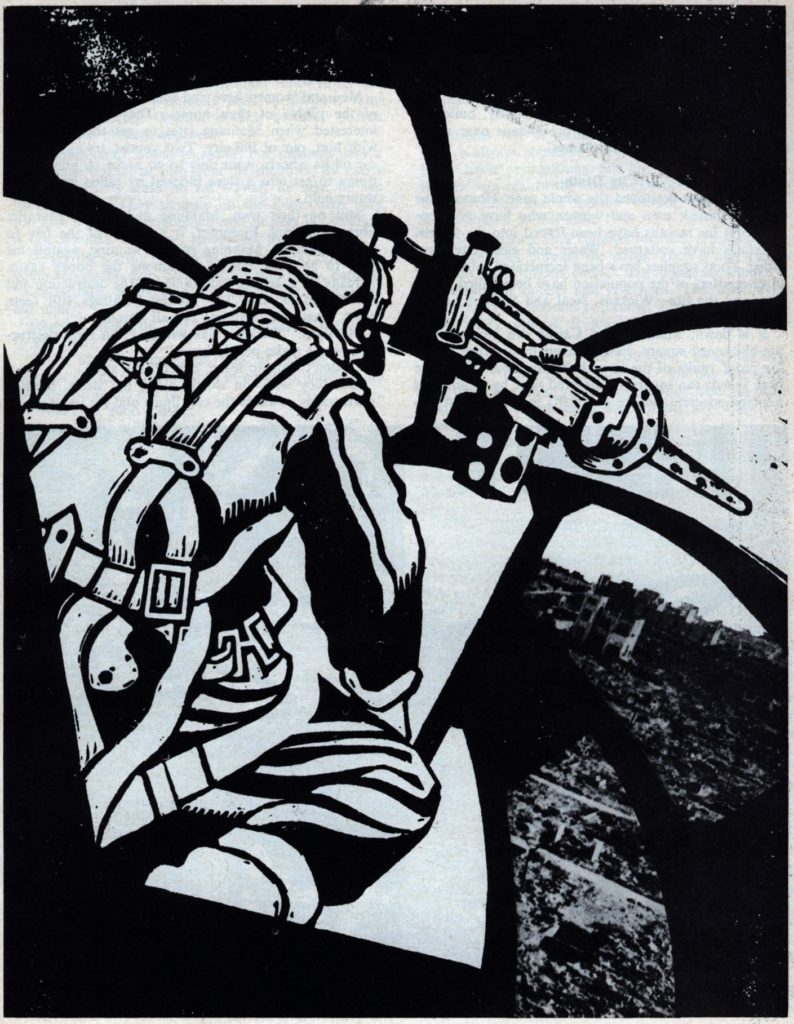 Yes: people are willing to go to war over Baked Beans!
Yes: people are willing to go to war over Baked Beans! A page showing some of Peake's imaginative artwork.
A page showing some of Peake's imaginative artwork. This illustration seems to sum up this odd story.
This illustration seems to sum up this odd story.

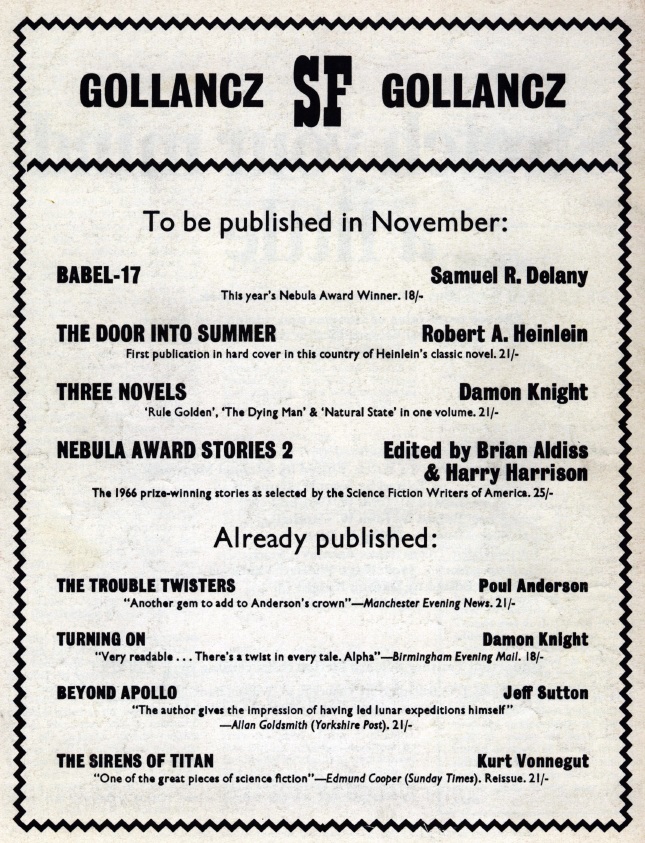
![[August 26, 1967] The Shock of the New II – Sex and the Modern British SF Reader <i>New Worlds</i>, September 1967](https://galacticjourney.org/wp-content/uploads/2022/08/New-Worlds-cover-Sept-67-672x372.jpg)








![[July 28, 1967] The Shock of the New – Rabbits, Hedgehogs and Kazoos (<i>New Worlds</i>, August 1967)](https://galacticjourney.org/wp-content/uploads/2022/07/NW-September-1967-672x372.jpg)









![[June 26, 1967] Change is Here (<i>New Worlds</i>, July 1967)](https://galacticjourney.org/wp-content/uploads/2022/06/New-Worlds-cover-July-1967-672x372.jpg)

 Illustration by Zoline
Illustration by Zoline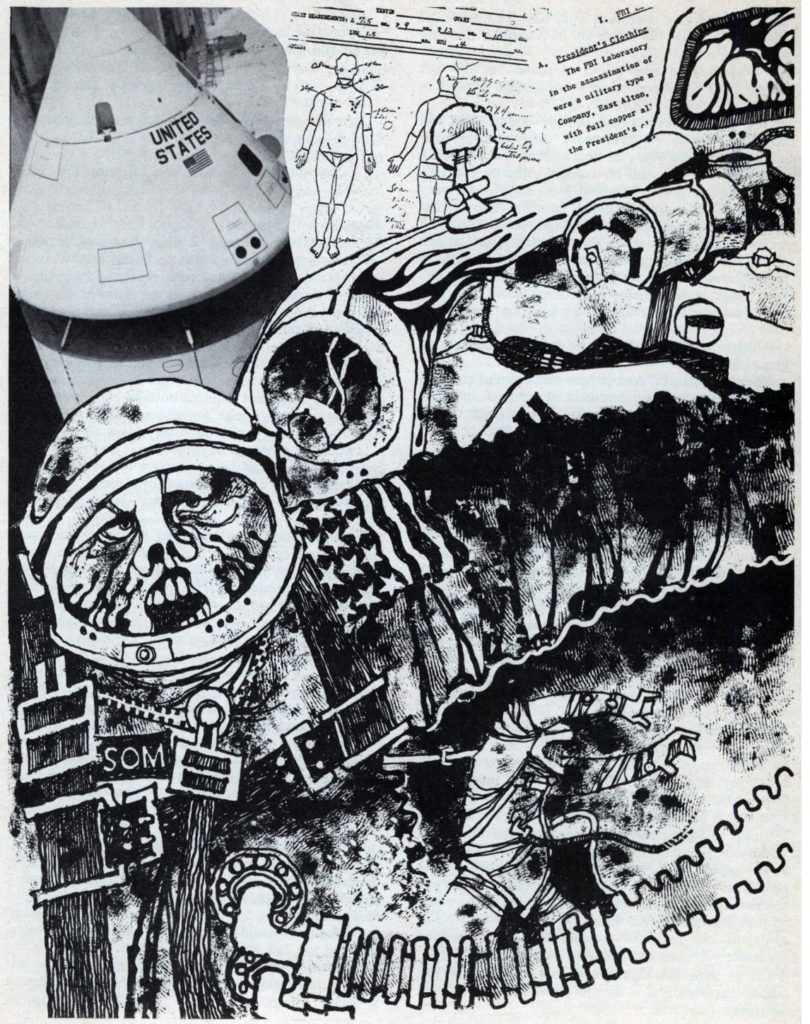




![[June 10, 1967] Music To Read By (July 1967 <i>Fantastic</i>)](https://galacticjourney.org/wp-content/uploads/2022/05/fantastic_196707-2-1.jpg)



















![[April 16, 1967] The Generation Gap (May 1967 <i>Fantastic</i>)](https://galacticjourney.org/wp-content/uploads/2022/03/Fantastic_v16n05_1967-05_0000-2-672x372.jpg)



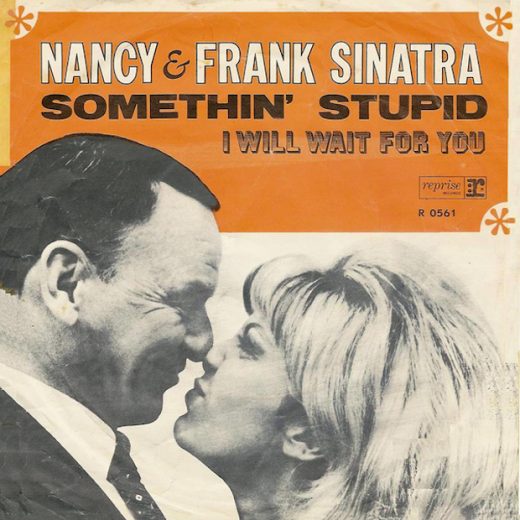




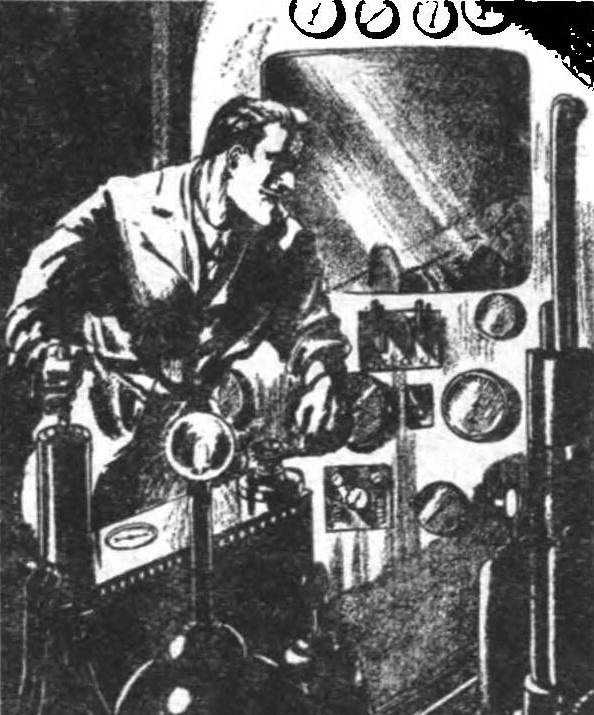

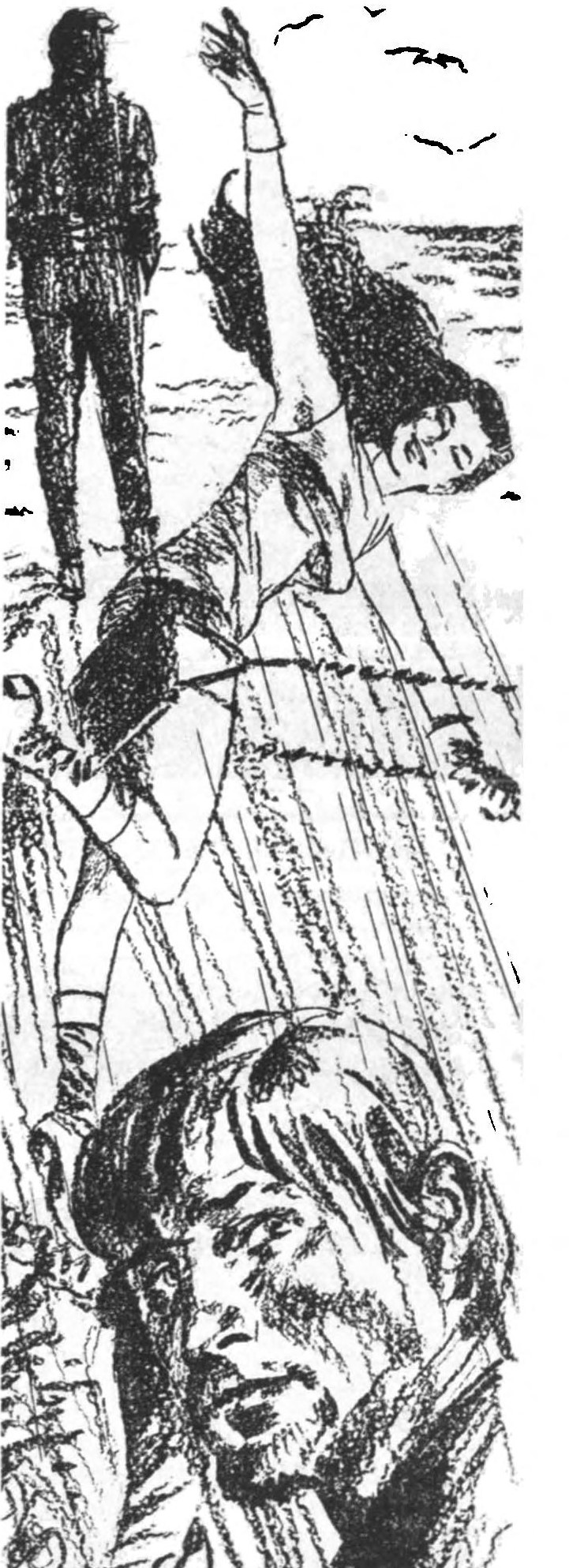



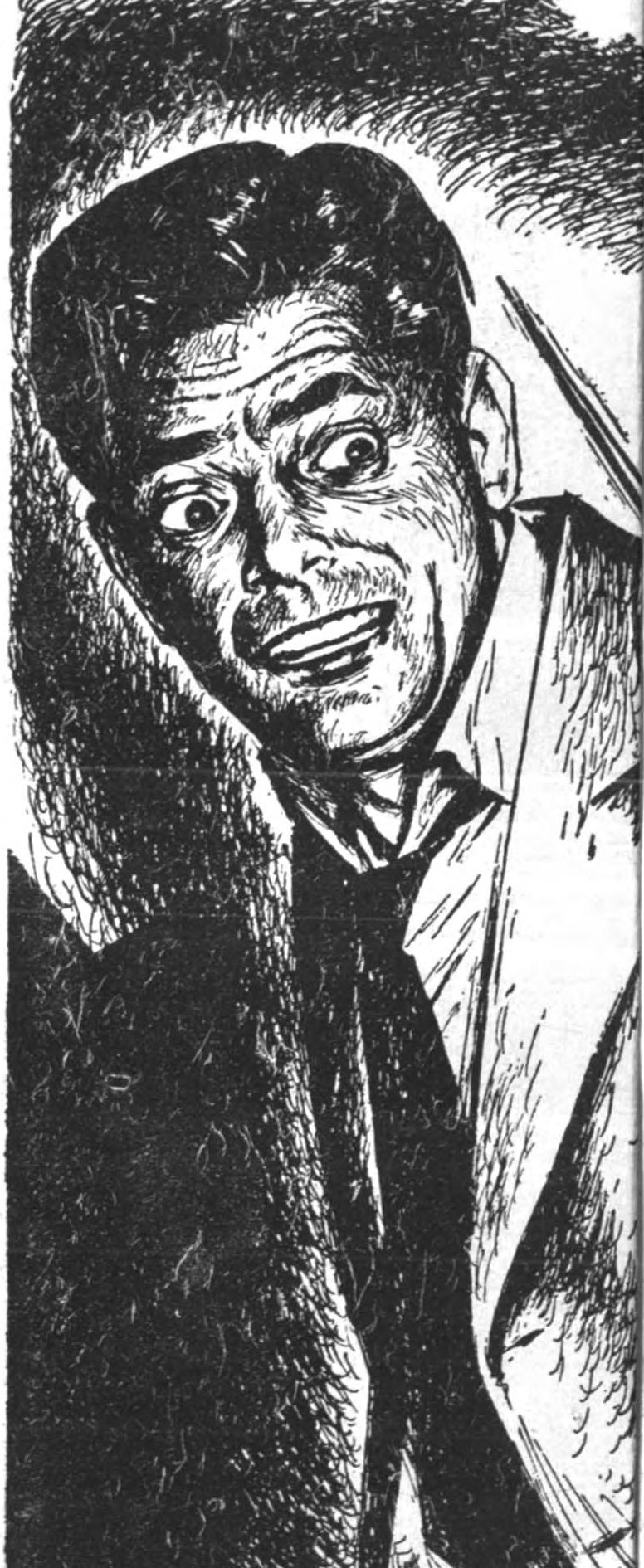

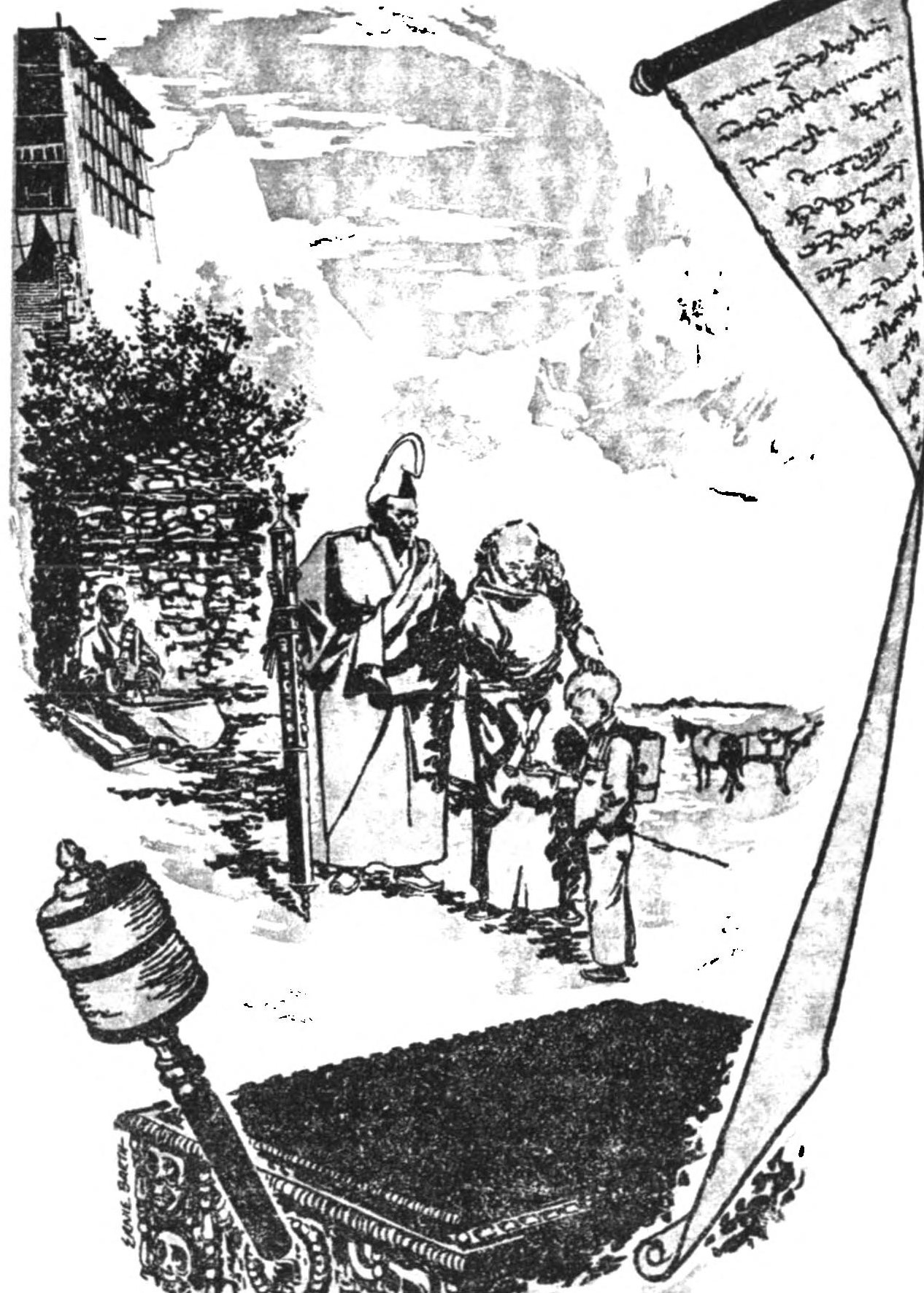
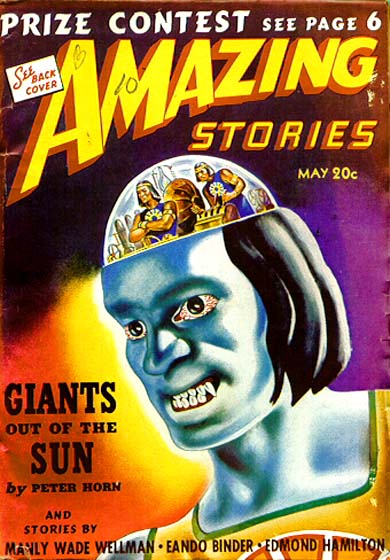




![[March 26, 1967] Changes Coming <i>New Worlds and SF Impulse</i>, April 1967](https://galacticjourney.org/wp-content/uploads/2022/03/New-Worlds-April-1967-672x372.jpg)
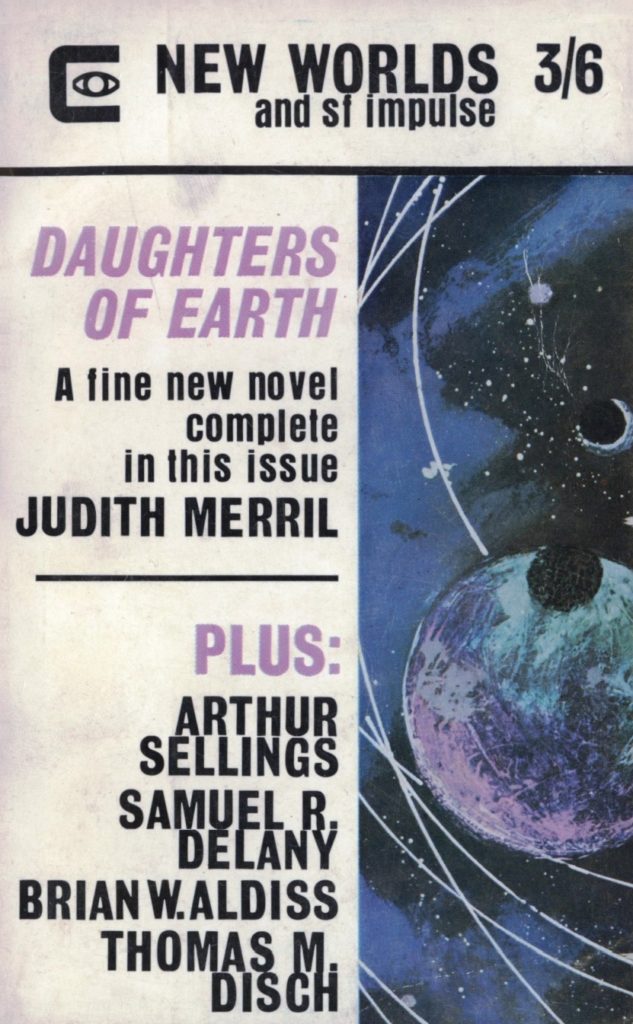
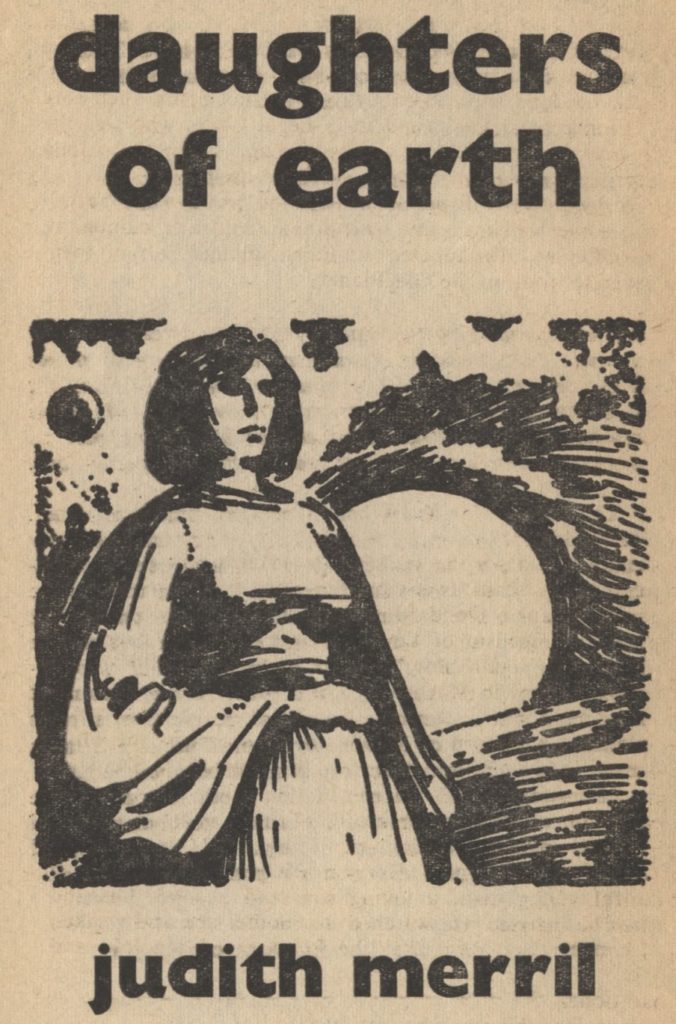
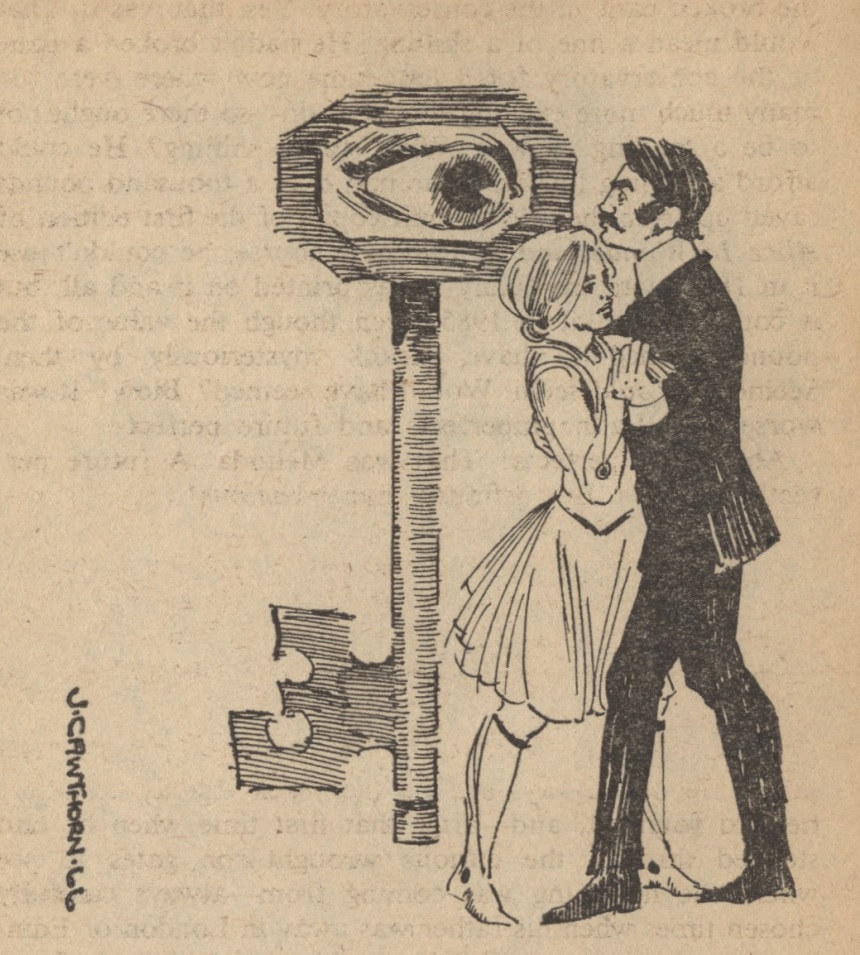 Illustration by James Cawthorn
Illustration by James Cawthorn

![[February 24, 1967] Changes Coming (<i>New Worlds and SF Impulse</i>, March 1967)](https://galacticjourney.org/wp-content/uploads/2022/02/New-Worlds-March-1967-672x372.jpg)




